Living Laboratories
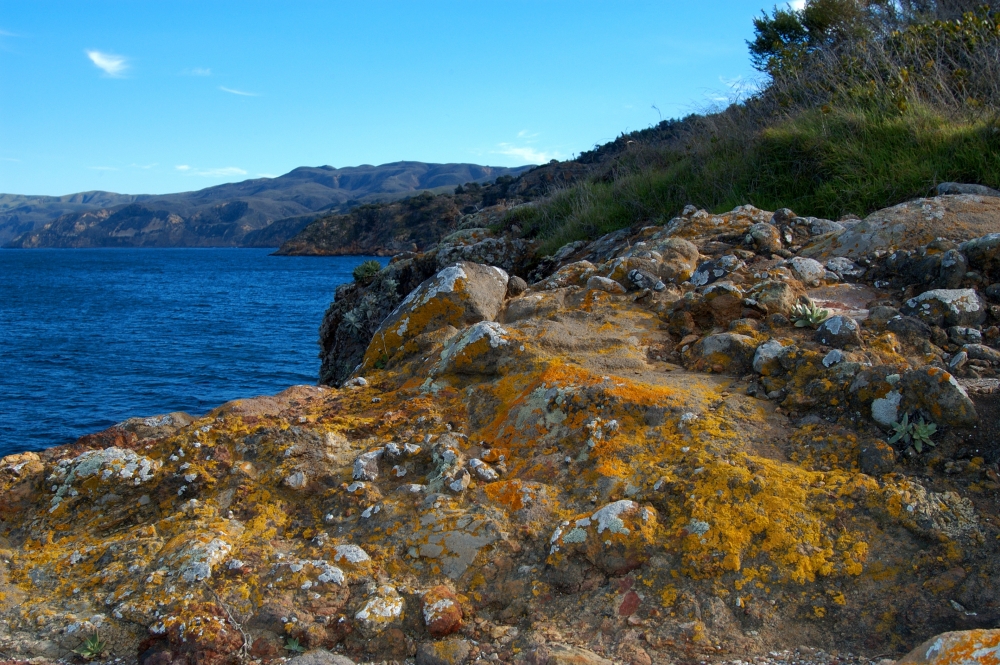
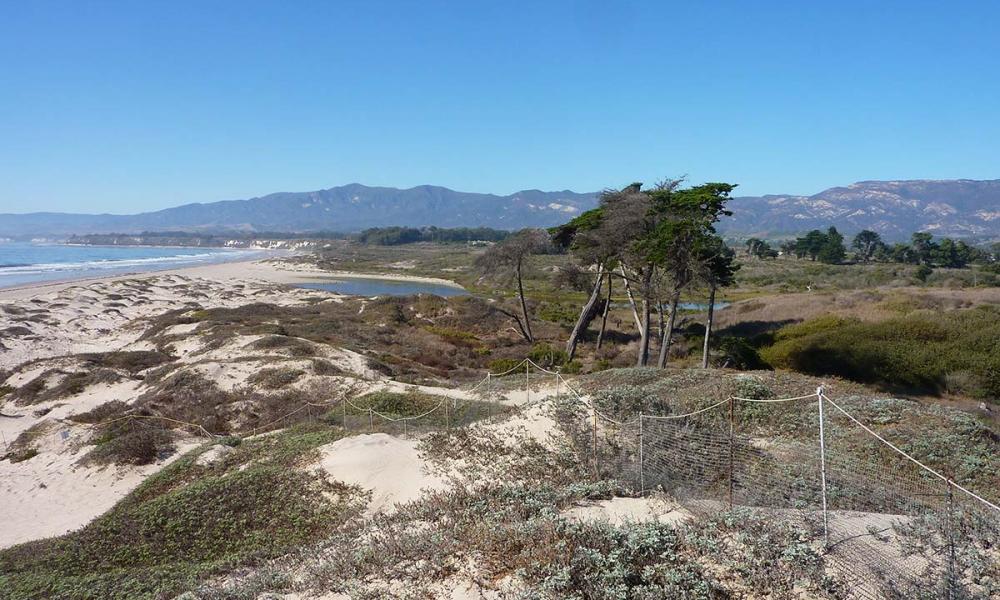
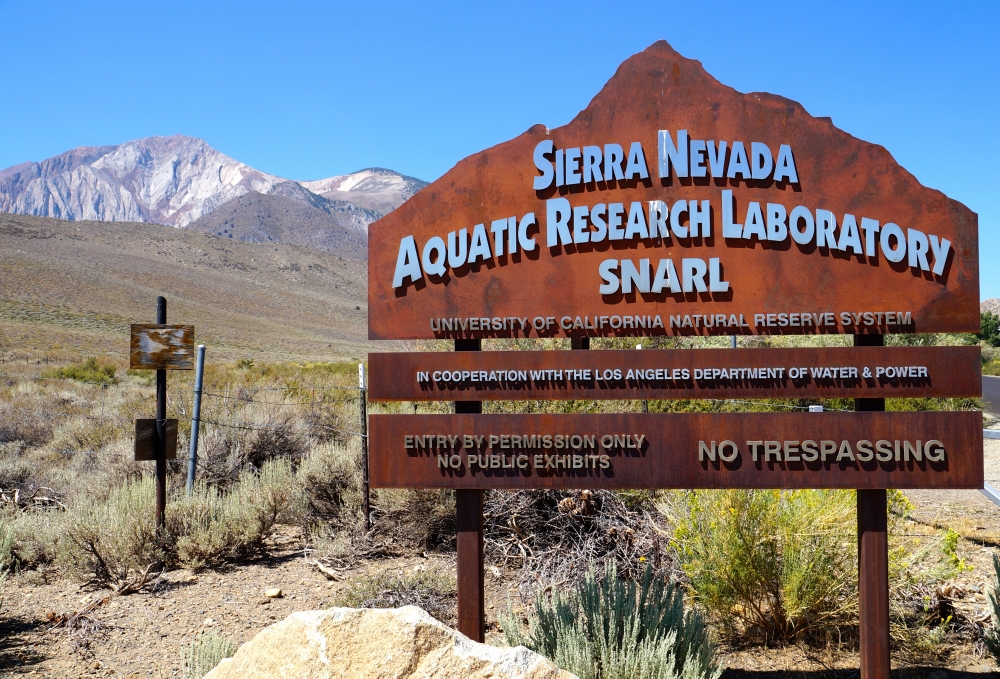
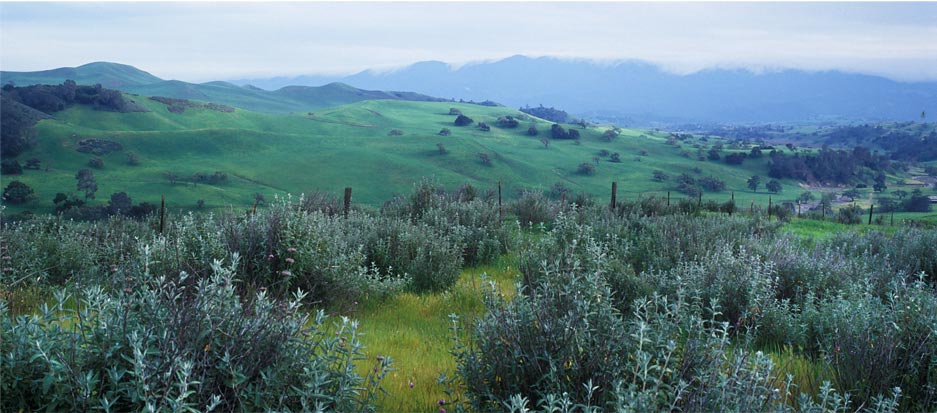
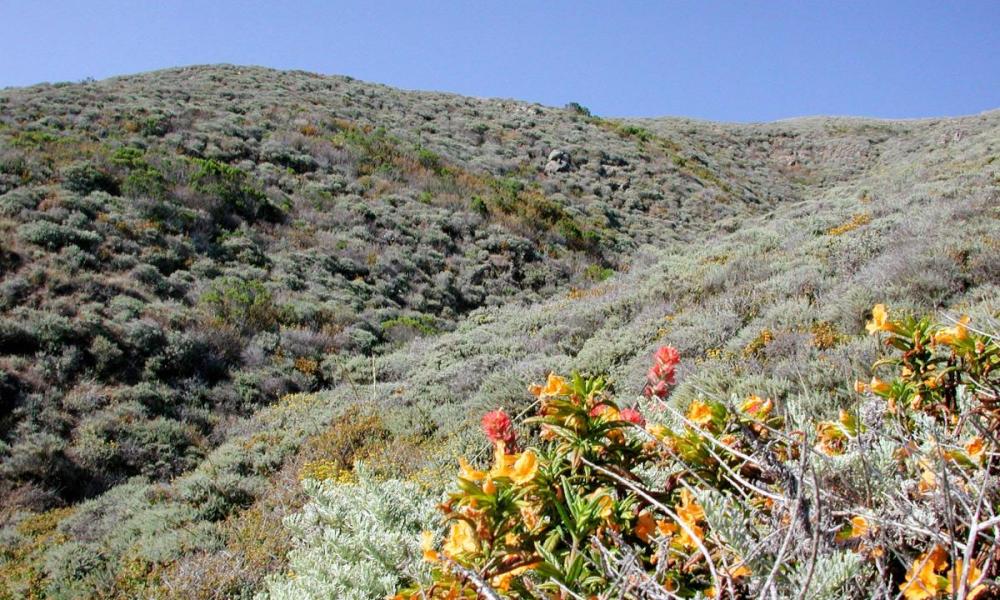
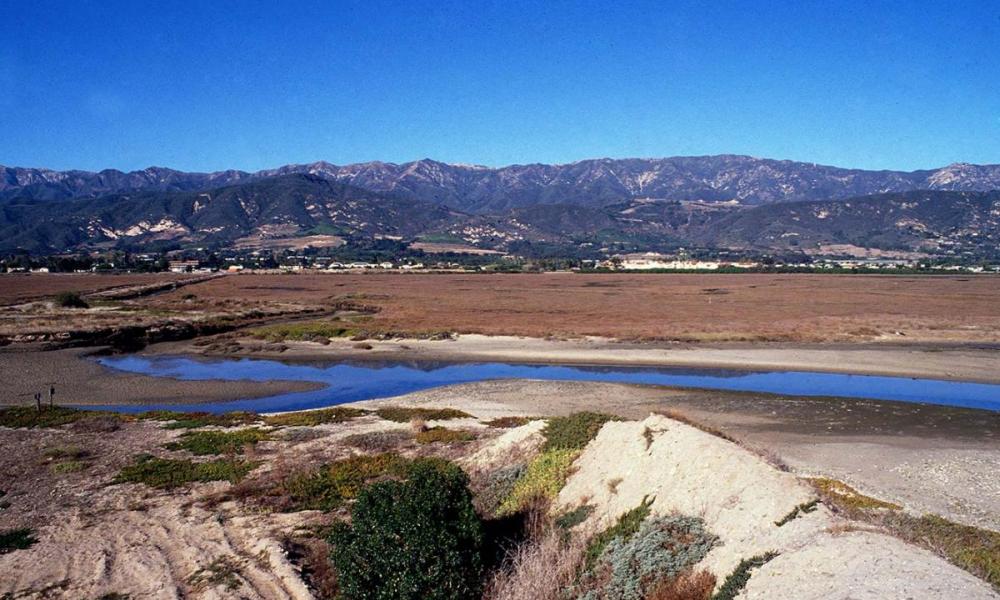

As a graduate student visiting the Boyd Deep Canyon Desert Research Center in Indian Wells, then-aspiring environmental historian Peter Alagona couldn’t help asking the center’s director what historical materials may be housed on site. The answer would sow the seeds for a project that Alagona would launch years later — and is still leading today.
After a tour of a Boyd Deep storage shed that was overflowing with boxes full of data records, field journals, specimen samples, maps, photographs and more, Alagona recalled that he “filed that discovery away, thinking I’d come back to it some day.”
And so he did.
Currently an associate professor of both history and environmental studies at UC Santa Barbara, Alagona is leading a long-term project to document and preserve archival materials across the University of California Natural Reserve System (NRS). What began at Boyd Deep — the scene of his original inspiration — has spread to include all 39 of the 750,000-acre system’s sites. The ultimate goal of the collaborative multi-campus, multidiscipline and admittedly massive endeavor, Alagona said, is to enable greater historical study of the NRS and of the California ecosystems it represents and protects.
“The founders of the reserve system wanted these places to have historical significance because they knew the state would change rapidly — and it has been,” said Alagona, who is the faculty advisor for Kenneth S. Norris Rancho Marino, a coastal reserve near Cambria that is one of seven sites administered by UCSB. “That’s why a project like this is so significant. Making the past of the reserves available is going to be increasingly valuable and important for the future.”
In a talk titled “There and Back Again: The Past, Present and Future Histories of the UC Natural Reserve System,” Alagona will address the significance of the reserves in preserving the state’s environmental history. The talk is part of a conference being held Friday, Oct. 2, at UCSB, in conjunction with the 50th anniversary of the 1965-established NRS.
The conference, “Our Living Laboratories: The UCSB Natural Reserve System Today,” kicks off at 1:30 p.m. with Frank Davis, director of UCSB’s National Center for Ecological Analysis and Synthesis, speaking on “Highlights From a Half Century of Oak Research in the UC Natural Reserve System.” A 2:30 p.m. poster session will be followed at 4 p.m. by Alagona’s talk. A public reception begins at 5 p.m. The lectures will be held in Bren Hall, Room 1414; the poster session and reception will take place in the Bren Hall courtyard.
“The reserves provide a unique opportunity for long-term experimental work and observational studies — and that’s really important in understanding the ecology of these systems,” Davis said. “If you study oak regeneration over many years, for example, you start to see the importance of El Niño years, the long-term effects of browsing by deer, the importance of climate events that only happen once in awhile and the importance of long-term pressure on the oaks and why it’s so hard to bring new trees into the population.
“Also, I would not underestimate the importance of the reserves as places where scientific research comes together with education, training and public outreach,” Davis added. “So many of the next generation of California ecologists are being trained on these sites and so much public knowledge of and interest in these ecosystems has stemmed from work on the reserves.”
With the exception of UC San Francisco, every UC administers some reserves. UCSB manages seven — the most of any campus — whose environments range from alpine to coastal and points in between:
• Carpinteria Salt Marsh, just south of Santa Barbara, is a unique estuarine ecosystem that supports many sensitive plant and animal species in its wetlands and channel habitats.
• Coal Oil Point, adjacent to the campus, includes coastal dune and wetland ecosystems that provide critical habitat for migratory birds and threatened and endangered species, such as the snowy plover.
• K.S.N. Rancho Marino, encompassing two miles and 600 acres on the coast near Cambria, is home to one of the state’s few remaining Monterey pine forests. It supports research on such subjects as sea otters, global warming and grazing.
• Santa Cruz Island, the largest of the Channel Islands off of Santa Barbara, is the site of important archaeological resources and many endemic plant and animal species, including the island fox.
• Sedgwick, the largest of UCSB’s reserves, sprawls across nine square miles at the base of Figueroa Mountain, in the Santa Ynez Valley. The former home of Duke Sedgwick and family, the property boasts a diverse array of geological features, vegetation and wildlife.
• Valentine Eastern Sierra is actually two reserves: Sierra Nevada Aquatic Research Laboratory and nearby Valentine Camp. These sister sites in Mammoth Lakes support an array of ecological research, as well as teaching and public outreach.
“The Natural Reserve System provides exactly what we want to offer to our students and other researchers, which is opportunities to perform their research at sites that are representative of California’s unique ecosystems,” said Patricia Holden, director of UCSB’s Natural Reserve System and a professor of environmental microbiology at the Bren School of Environmental Science & Management. “There is no substitute for being on site, making visual observations and being able to discuss what you’re learning while you’re there in it. The reserves give us this capacity to provide on-the-ground training to our students to research the unique ecosystems of California.
“We have a big share and a big responsibility,” Holden continued. “Having these sites tremendously enriches the already great capacities, capabilities and expertise we have at UCSB — and it’s all toward the next generation.
“It is an amazing thing that 50 years ago, there were visionaries in California that thought forward and said, ‘We need to set aside sites for these purposes – for teaching, for research, for outreach to the public,’” she concluded. “The fact that that mission has persisted, that we still have allegiance to that mission and actually have grown the system over 50 years, it’s a testament to what the UC system is all about.
A slate of area events meant to celebrate the anniversary also includes a public discussion between UC NRS director Peggy Fiedler and journalist Jeff Greenfield at the Santa Barbara Museum of Natural History on Oct.1; a nature photography workshop at Coal Oil Point on Oct. 3; guided tours and breakfast at Carpinteria Salt Marsh on Oct. 4; a benefit art show and sale in Montecito Oct. 24; and a farm-to-table harvest dinner fundraiser at Sedgwick Reserve on Nov. 7. More details can be found here.



